RoshaLock Ransomware Data Recovery

I think there's an issue with my storage device, but I'm not sure
Start a free evaluationRoshaLock Ransomware is a virus that encrypts your important files and demands a ransom for the decryption key. This type of malware is especially dangerous because it can render your files completely inaccessible, making it difficult or even impossible to recover your data without paying a ransom. RoshaLock Ransomware is particularly insidious because it uses strong encryption algorithms that make it very difficult to decrypt your files without the proper key. If attackers have infected you with RoshaLock Ransomware, it is important to remove the virus as soon as possible and take steps to protect your computer from future infections.
History
RoshaLock was first discovered in early 2016. It is believed to be a variant of the Locky Ransomware, which was first seen in February of that year. This ransomware uses the same methods as Locky to infect computers, including phishing emails and file-sharing sites.Once it has encrypted a victim's files, it demands a ransom of 0.5 Bitcoins but does not provide any guarantees that the files will be decrypted even if the ransom is paid. There have been no reports of anyone successfully decrypting their files after paying the RoshaLock ransom.
How does RoshaLock infect your computer?
It is distributed through a variety of methods, including email attachments, file-sharing sites, and malicious ads. It is important to be cautious when opening email attachments or clicking on links, as this is how most ransomware infections occur. Attackers can also spread it through malvertising, which is where malicious ads are used to infect computers with malware.When RoshaLock Ransomware infects a computer, it will scan the hard drive for certain types of files, including documents, images, and videos. Once it has found these files, it will encrypt them using a variety of encryption algorithms, including RSA and AES. RoshaLock will generate a unique encryption key for each victim, which makes it even more difficult to decrypt the files. Then the ransomware will display a ransom note that demands payment to decrypt the files. The ransom note includes instructions on how to purchase Bitcoins, which is the preferred method of payment for most ransomware gangs.
Protection
There are a few things you can do to protect yourself from this and other types of ransomware. First, it is important to have a good anti-virus program installed on your computer. This will help to block ransomware infections before they can encrypt your files. Second, you should be careful when opening email attachments or clicking on links. Finally, you should consider investing in a reliable backup solution.
What should you do?
If attackers have infected you with ransomware, it is important to remove the virus as soon as possible. Unfortunately, due to the nature of this virus, it is often very difficult to remove without damaging your files. For this reason, it is recommended that you use a professional malware removal tool to remove RoshaLock Ransomware from your computer.Once RoshaLock Ransomware has been removed from your computer, you can then try to decrypt your files using a ransomware decryption tool. These tools are often able to decrypt files that RoshaLock Ransomware and other similar viruses have encrypted. However, they are not always successful, so you should not rely on them to decrypt your files.If you are unable to remove RoshaLock Ransomware or decrypt your files, you may need to format your hard drive and reinstall Windows. This will remove ransomware from your computer and allow you to start fresh. However, it will also delete all the files on your hard drive, so you should only do this as a last resort.
Backup
As we mentioned before, one of the best ways to protect yourself from RoshaLock Ransomware is to have a reliable backup solution in place. This way, if you do get infected, you will be able to restore your files from the backup.There are a few different types of backup solutions that you can use, including external hard drives, cloud storage services, and backup software.External hard drives are one of the most popular types of backup solutions because they are relatively inexpensive and easy to use. You can simply connect the external hard drive to your computer and drag and drop the files you want to backup. However, external hard drives are not without their drawbacks. They can be damaged or lost, and they are not always convenient to use.Cloud storage services are another popular type of backup solution. These services allow you to upload your files to the cloud, where they will be stored safely off-site. The major advantage of cloud storage is that it is very convenient, as you can access your files from anywhere with an internet connection. However, it is important to note that cloud storage services can be quite expensive, particularly if you need to store a lot of data.Backup software is a third option for backing up your files. This type of software allows you to create backups of your files on your computer or an external hard drive. Backup software is usually fairly easy to use and can be set up to run automatically. However, it is important to note that some backup software can be quite expensive.So, if they have infected you with RoshaLock, but you have a backup of your files, you can simply restore them from the backup and avoid having to pay the ransom.
Use file recovery software
If you do not have a backup of your files, you may be able to recover them using file recovery software. These programs can scan your hard drive for deleted or corrupted files and attempt to recover them.There are many different file recovery programs available, and they vary in terms of their features and ease of use. The most popular file recovery program is SalvageData data recovery software.It is important to note that file recovery programs will not always be successful. However, it is worth trying.
Public decryption tool
At the time of writing, there is no publicly available RoshaLock Ransomware decryption tool. However, this may change in the future.
Contact a data recovery service
SalvageData Recovery Services offers RoshaLock Ransomware removal and data recovery services. We have a team of experienced ransomware removal experts who can safely remove RoshaLock Ransomware from your computer and attempt to recover your files.If you have been infected with ransomware, contact us today for a free consultation. You can do this by calling +1 (800) 972-3282 or by using our online chat service.
Related services
These are the most commonly requested data recovery services. At our headquarters' cleanroom lab, our certified engineers conduct a thorough review of any type of physical storage device, determining if there is logical or physical damage and carefully restoring all of the lost files.ces.

External Drive Data Recovery
We recover data from both external SSD and HDD drives. Rely on certified experts to restore your important files from damaged or corrupted external drives.

Hard Drive Data Recovery
Recover data from all brands of HDD, PC hard drives, and hybrid disks. Our specialists ensure fast and secure recovery for any data loss scenario.
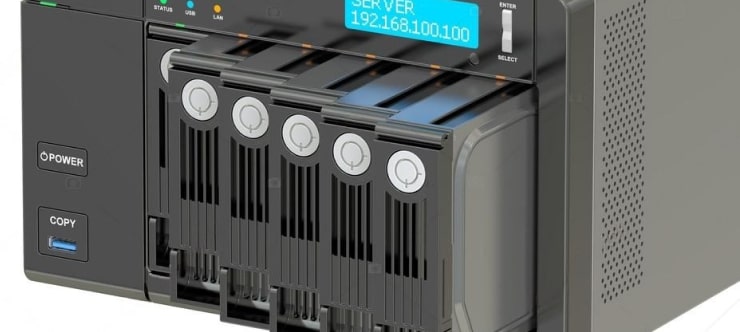
NAS Data Recovery
Recover data from NAS devices, including RAID configurations. Our team handles all types of NAS systems and ensures data recovery with minimal downtime.
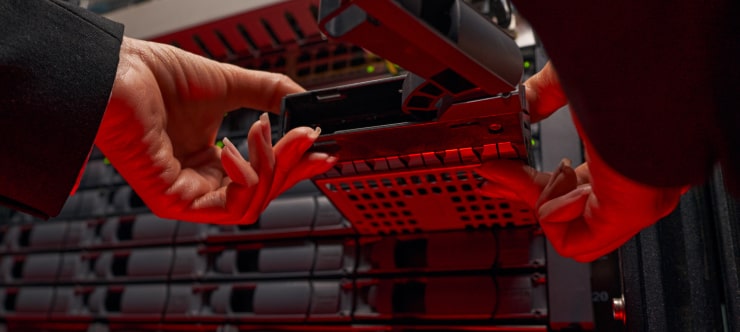
RAID Data Recovery
Our RAID data recovery services cover RAID 0, 1, 5, 10, and other configurations. We offer expert solutions for failed, degraded, or corrupted RAID arrays.
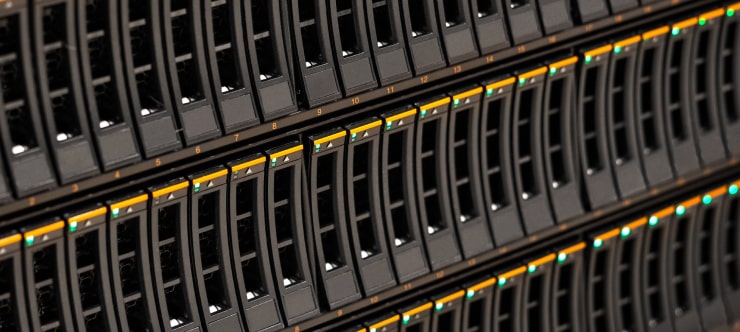
SAN Data Recovery
Our team specializes in handling SAN devices from leading manufacturers like Dell EMC, HP, and IBM, ensuring efficient recovery with minimal disruption to your operations.
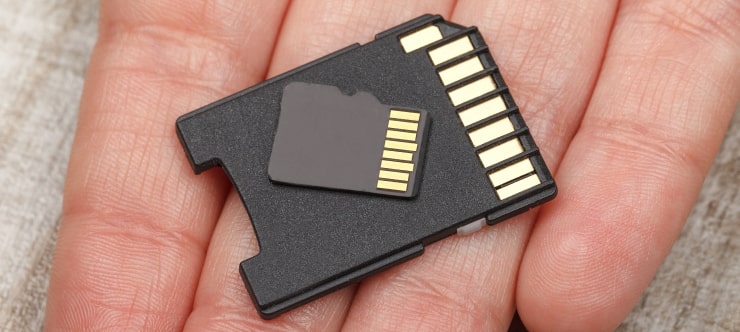
SD Card Data Recovery
Our recovery experts specialize in restoring data from SD and memory cards. We guarantee quick recovery with a no-data, no-charge policy.

SSD Data Recovery
Our data recovery experts handle all SSD data loss scenarios with advanced tools, ensuring maximum recovery with high-security protocols.
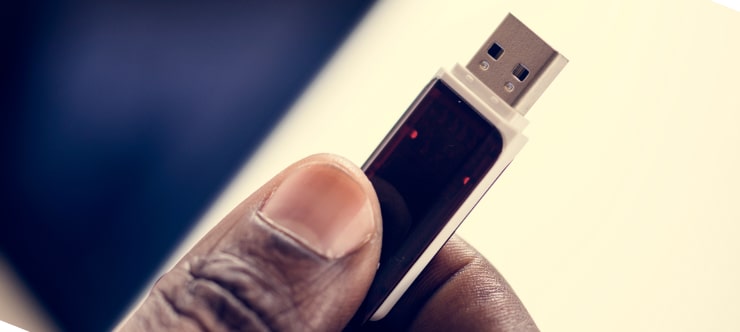
USB Flash Drive Data Recovery
Recover lost data from USB flash drives, regardless of the damage or brand. We offer free in-lab evaluations to assess data recovery needs.
If you’re unsure about which data recovery service to choose, let our team assist you in selecting the appropriate solutions. We understand the anxiety that comes with a sudden drive failure, and we are more prompt in our actions compared to other recovery service providers.



